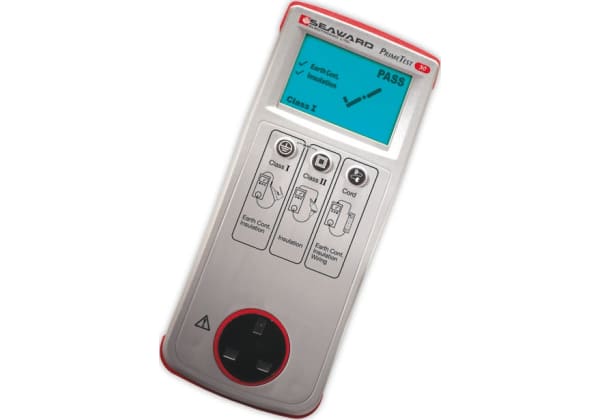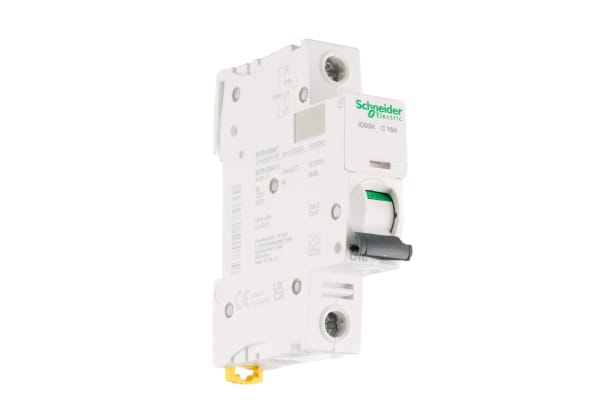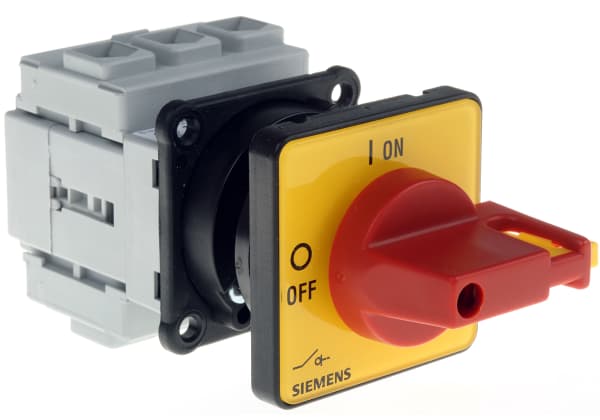- Published 9 Sept 2024
- Last Modified 9 Sept 2024
- 6 min
Introduction to Auxiliary Contacts
This article delves into the world of auxiliary contacts, also known as auxiliary contactors, control relay auxiliary contacts, or auxiliary switch blocks. We'll explore their functionalities, applications, and how they contribute significantly to the efficiency of automated systems.
Reviewed by Karl Ralph, Technical Support Engineer (June, 2024)
The world of automation relies on a complex network of interconnected components, each playing a crucial role in ensuring smooth operation. Among these essential elements are the often-overlooked auxiliary contacts. Though seemingly simple, these tiny switches hold immense power in the domain of industrial automation.
What are Auxiliary Contacts?
Auxiliary contacts are miniature switches that can be fitted to various electrical control devices like contactors, relays, and circuit breakers. These additional contacts operate mechanically, mirroring the state of the main contacts within the device. In simpler terms, when the primary contacts open or close in the main circuit, the auxiliary contacts mimic this action in a separate, lower-current circuit.
Understanding Auxiliary Contactors
Auxiliary contactors are essentially contactors with built-in auxiliary contacts. These additional contacts provide valuable functionalities within the control circuit, independent of the main power circuit handled by the contactor. This allows for various control and signalling purposes within the automation system.
Auxiliary Contact Blocks
Auxiliary contact blocks are standalone modules containing multiple auxiliary contacts. These versatile blocks can be added to various electrical devices to expand their control capabilities. They offer several advantages:
- Increased Flexibility: They allow for customisation of the number and configuration of auxiliary contacts within a system.
- Space Saving: By adding auxiliary contacts as separate blocks, space constraints within a control panel can be addressed.
- Cost-Effectiveness: Auxiliary contact blocks can be a more economical option compared to replacing entire devices for additional contact needs.
Understanding Auxiliary Switch Blocks
The world of automation thrives on modularity. Auxiliary switch blocks, also known as auxiliary contact blocks, perfectly embody this concept. Imagine a toolbox specifically designed to enhance the functionality of contactors and circuit breakers. That's what these pre-assembled units offer – a convenient way to add additional auxiliary contacts and unlock a wider range of control possibilities.
These blocks come in various configurations, allowing you to tailor them to your specific needs. Think of it like choosing the right tools for the job. Some blocks might offer just a few auxiliary contacts, ideal for simple applications like triggering indicator lights. Others might boast a larger selection, enabling complex control sequences or monitoring functionalities. The beauty lies in the flexibility – you can choose the number of contacts (typically ranging from one to several) and their type (normally open or normally closed) to match your automation requirements.
Functions and Workings of Auxiliary Contacts
The primary function of auxiliary contacts is to provide feedback on the state of the main contacts. This feedback can be used for:
- Signalling: Auxiliary contacts can trigger indicator lights, alarms, or other control devices, providing real-time information about the state of the main circuit (on/off).
- Interlocking: These contacts can be wired to prevent the energisation of specific devices until specific conditions are met in the main circuit. This ensures a safe and sequential operation within the automation system.
- Control: Auxiliary contacts can be used to control additional circuits, such as pilot lights, contactor coils, or even initiate secondary control functions.
How Do Auxiliary Contacts Work?
The working principle of auxiliary contacts is relatively straightforward. They are mechanically linked to the main contacts within the device. When the main contacts open or close, the mechanical linkage triggers the auxiliary contacts to mirror the action in their independent circuit. This allows for low-power control and signalling functions separate from the main high-power circuit.
Exploring Relay Auxiliary Contacts
Similar to auxiliary contactors, control relays can also incorporate auxiliary contacts. These function similarly, offering feedback on the state of the relay coil and main contacts. Relay auxiliary contacts are particularly valuable in applications with limited space, as they eliminate the need for separate contactors and simplify control circuits.
Auxiliary Contacts: Expanding Their Applications in Automation
Auxiliary contacts, those additional switches within circuit breakers and contactors, are like hidden heroes in the world of automation. They might seem small, but their ability to mirror the main contacts' state unlocks a surprising range of functionalities. Let's delve deeper into the applications mentioned and explore some additional benefits:
Circuit Breaker Applications
Auxiliary contacts are crucial for providing feedback on the state of the breaker, but they do not typically enable remote reset or operation of the breaker itself. Following are some important applications:
- Trip Indication: Auxiliary contacts can signal when a breaker has tripped, allowing operators to quickly identify which breaker has been affected. This functionality is essential for efficient troubleshooting and reducing downtime.
- Alarm Activation: They can also be wired to trigger alarms or indicator lights, providing immediate visual or audible alerts about the fault condition.
Contactor Block Applications
- Sequential Control: Auxiliary contacts shine in automating complex processes. They allow one contactor's activation to trigger the next contactor in a predefined sequence. This is like a domino effect, but controlled and crucial for tasks like operating production lines or robotic systems.
- Motor Control: Beyond sequential control, auxiliary contacts can be used for specific motor functions. For example, they can help reverse a motor's direction by controlling the contactor configuration. Additionally, they can be wired to monitor contactor status and trigger alarms if a motor overload is detected, preventing potential damage.
RS Contactor Applications (Motor Reversing)
- Safe Motor Direction Changes: In applications where motors need to change direction (think elevators or conveyor belts), auxiliary contacts play a vital role. They ensure a safe transition by preventing both directions from being energised simultaneously. This safeguards against equipment damage and potential accidents.
- Contactor Position Feedback: Just like with regular contactors, auxiliary contacts in RS contactors provide valuable feedback on the contactor's position (open or closed). This information can be used for control logic or to display the motor's current direction on a control panel.
Additional Benefits
- Increased System Reliability: By enabling remote monitoring and control, auxiliary contacts help identify and address potential issues before they escalate into major failures.
- Improved System Flexibility: The ability to automate sequences and integrate control logic with contactor operation through auxiliary contacts allows for more versatile and adaptable systems.
Overall, auxiliary contacts are powerful tools that extend the functionality of circuit breakers and contactors. Their ability to mirror the main contact state unlocks a world of automation possibilities, enhancing safety, reliability, and flexibility in various electrical systems.
Summary: The Importance of Auxiliary Contacts in Automation
Although seemingly small, auxiliary contacts play a vital role in the smooth operation of automated systems. They provide crucial feedback, enable interlocking and sequencing, and enhance control capabilities. Their versatility extends across various applications, making them true unsung heroes in the world of automation. By understanding their functionalities and applications, you can leverage the power of auxiliary contacts to design efficient and reliable automated systems.



